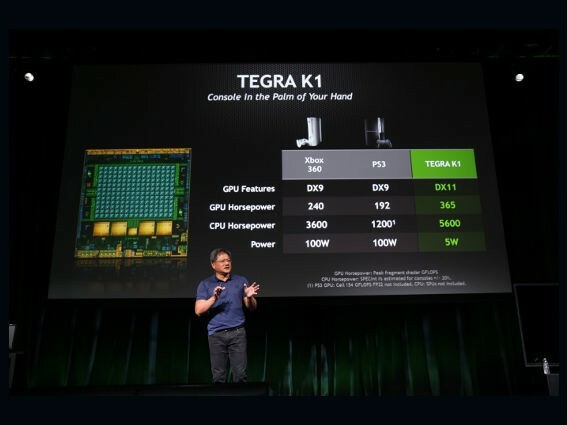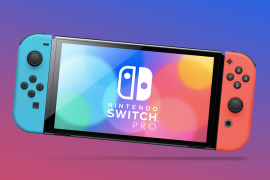Nvidia Tegra K1 packs a whopping 192 cores, does graphics that rival PS3 and Xbox 360
Your smartphone or tablet might be your next serious gaming platform with this new chipset

Forget eight cores. How about 192 of them?
Nvidia has unveiled its whopper of a mobile graphic chipset, the Tegra K1, at CES and it’s aiming to bring high end, next-gen graphics, usually reserved for PCs rocking GeForce graphics cards, to smartphones and tablets.
UNREAL ON MY TABLET?
Based on the Kepler architecture that powers Nvidia’s fastest desktop graphic cards such as the GTX 780 Ti, the Tegra K1 chipset will pack some serious punches with support for DirectX 11, Open GL 4.4 and the Unreal Engine 4. Nvidia’s even likening the performance of the K1 to your old Xbox 360 or PS3, but we’ll reserve judgement until we’ve had an extended play on a K1 device.
The "super chip", as Nvidia is calling it, will be coming in two variants: a 32-bit, 2.3GHz “4-plus-1” core ARM A15, and 64-bit 2.5GHz dual Super Core processor, codenamed Denver. (Those 192 cores we spoke of earlier are dedicated to graphics – the dual cores and quad cores here are general processing cores).
Playing PC games on an Intel Core-powered Surface Pro 2 or Razer Edge Pro tends to have us reaching for a power cable pretty snappy but the Kepler architecture should mean mobile gaming for longer too. Nvidia reckons the K1 is 1.5 times more power efficient than Qualcomm’s year-old Snapdragon S800 and Apple’s 64-bit A7 processor.
So far there’s no mention of who plans to use the Tegra K1 but according to Nvidia, we can expect 32-bit Tegra K1 devices to appear in the first half of 2014 while the 64-bit Tegra K1 devices will land during the second half of the year.
More than capable of competing with Intel’s beefed up Atom processors, we’d expect Windows 8.1 tablets – with access to the Steam store as well as mobile games – to snap up the K1 in the next six months or so. One thing’s for sure, we hope this means more than Infinity Blade: 2014 edition.


